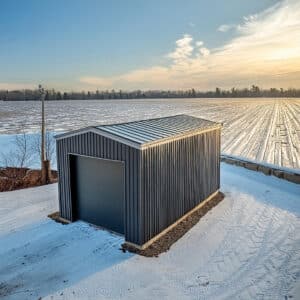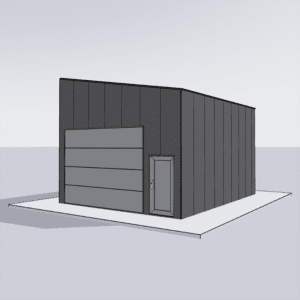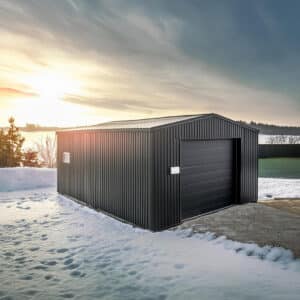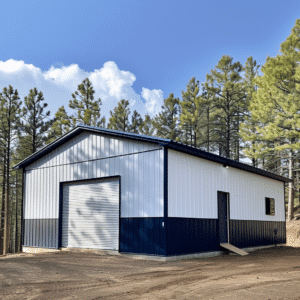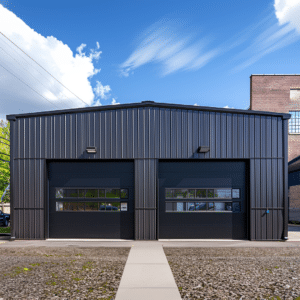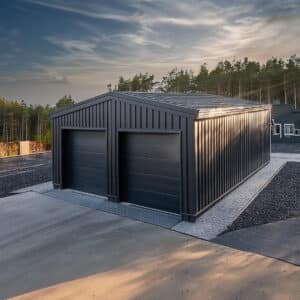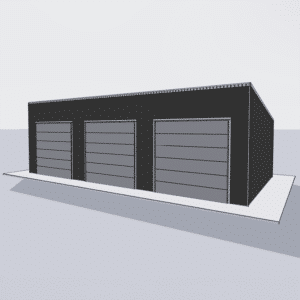Building your dream home is akin to embarking on a great adventure. You’re about to transform a vision into the tangible; bricks, nails, and beams assembled to create personal sanctuary. Yet, before you dive into the depths of home building or renovation, it’s vital to chart a course through the potentially murky waters of construction budgeting, ensuring that every dollar is accounted for. The question is, where should you begin? Let’s unravel the intricate tapestry of a home construction budget breakdown and ensure you’re prepared for the road ahead.
Understanding the Basics: What is a Home Construction Budget?
A home construction budget is essentially a financial roadmap. It provides a detailed plan regarding how much your home will cost, from the foundation to the last shingles on the roof. Construction budgeting isn’t just about allocating funds; it’s about understanding where your money will go. From the initial design phase until you prop up the final wall décor, a well-structured budget assists in foreseeing and managing expenses, keeping your project on course.
Construction Budget Categories: The Big Three
For ease of understanding, a typical home construction budget is divided into three main categories: materials, labor, and additional costs. Within these, there are numerous subcategories, each deserving detailed allocation and foresight.
1. **Materials**: This encompasses all the items needed for the construction or renovation project. Materials account for a significant portion of the budget, covering everything from concrete to cabinetry.
2. **Labor**: Labor costs can vary significantly depending on your location and the complexity of the designs. This category accounts for contractors, architects, and any specialized professionals required.
3. **Additional Costs**: Overlook this category, and you might find unforeseen costs knocking on your door. It includes architectural fees, permits, inspections, and a buffer zone for unexpected events.
The Detailed Breakdown: Material Costs
Delving into the material costs, you might think of them as the skeleton of your home. Depending on the materials chosen, the costs can vary significantly. Quality and durability often play hand in hand, so choosing lower quality for cheaper initial costs can potentially lead to higher long-term expenses. Examples include:
– **Foundation and Framing**: Concrete and lumber typically form the bulk of these expenses. Here, steel framing can be a durable option, also used in industrial steel buildings Ontario.
– **Exterior**: Roofing, windows, and siding fall under this category. Steel roofs are popular for their long lifespan and durability.
– **Interior Finishes**: Think of flooring, paint, and cabinetry – the features that bring personality into your interiors.
Labor Costs: Who’s Working on Your Home?
Labor costs often comprise about 20 to 35% of the total budget. In terms of hourly wages, contractors and skilled professionals can vary widely, necessitating careful selection and budgeting. Hiring local workers can lower costs, but be wary of the possibility of compromising on quality. Always consider seeking estimates from multiple contractors to gauge a fair market price. Don’t overlook the significance of hiring a project manager if you find the prospect of managing the build daunting. Their expertise can prevent costly mistakes from occurring.
Additional Costs: Avoiding Surprises
Additional costs ensure that every stone is turned before the construction begins. They can include:
– **Architectural and Engineering Services**: The dream isn’t just drawn; it’s engineered to last.
– **Permits and Inspections**: Vital for adhering to local regulations.
– **Insurance**: Protecting your investment against unforeseen events is paramount.
Perhaps you’re considering a renovation rather than a new build? Explore expert advice on home renovation budgeting for tips to keep your project within your financial limits.
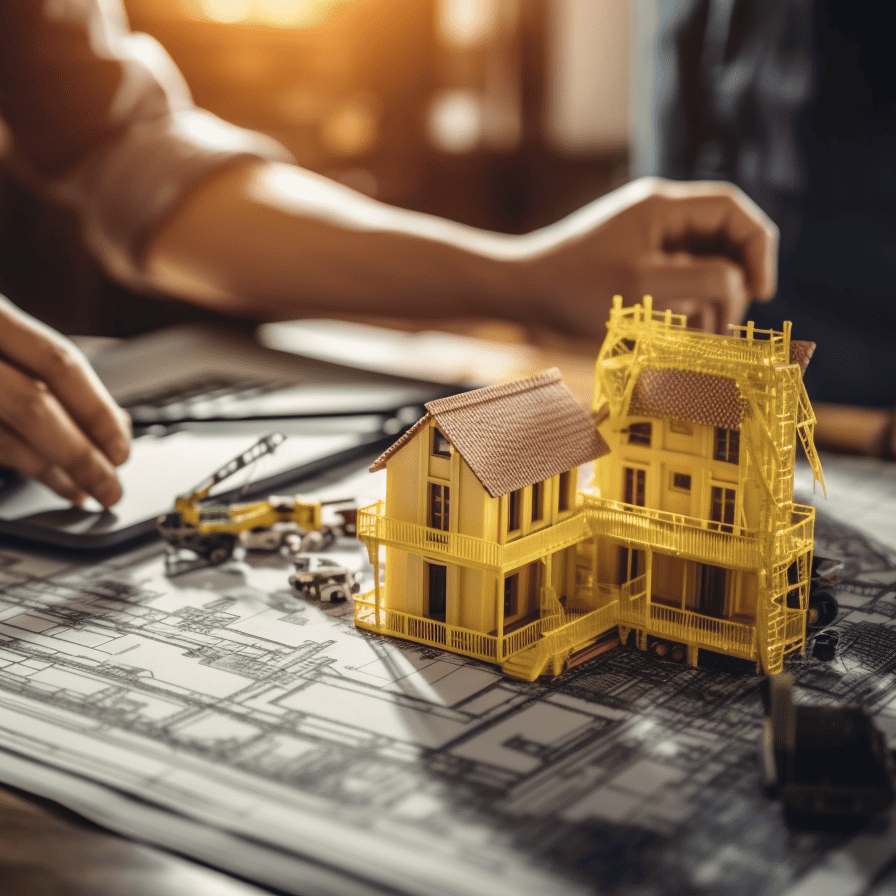
The All-Important Contingency Fund
No matter how thoroughly one plans, the unexpected tends to happen – often at the most inconvenient time. Setting aside a contingency fund is like having a life jacket when navigating choppy waters. Industry standards suggest allocating a minimum of 5-10% of your total budget as contingency funds. They’ll be your safety net for when the unexpected arises, whether it be a delay in material shipment or unforeseen structural issues.
Utilize Expert Guidance
While resources like Canada’s Canada Mortgage and Housing Corporation – Home Construction Budget Breakdown offer guidance, consulting with professionals on your detailed needs can offer reassurance. Ensuring you’re working with experts in residential construction will provide structure and insight into each dollar spent.
Constructing a Budget: Tools and Resources
In the digital age, numerous tools exist that can assist with constructing your budget, tracking expenses, and keeping you informed about potential financial pitfalls. While spreadsheets remain a staple, apps and specialized software can offer real-time analysis and cloud access. Building the right team around you, whether through consultants or leveraging technology, places you in the driver’s seat.
Conclusion: Crafting Your Dream
Crafting a home isn’t just about brick and mortar; it’s about weaving dreams and desires into a place where memories are made. Every successful build starts with meticulous planning, where a clear and comprehensive home construction budget forms the foundation. By understanding the components, costs, and potential pitfalls, you can navigate the construction seas confidently and competently. For further insights, check out our guide on construction budgeting.
So, what sort of captivating abode will you create with yours? Will it stand the test of time, both in finishing and budgeting? The power to construct your castle lies in your mastery of the home construction budget. Your paper plans await transformation into harvest-rich reality!


